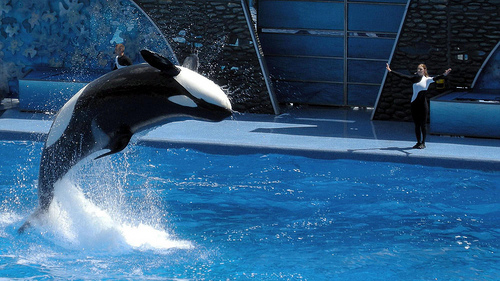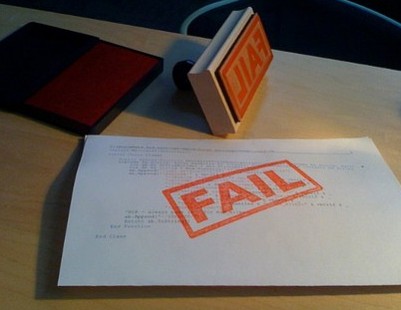
Photo by Hans Gerwitz.
The International Energy Agency recently issued its annual progress report [PDF] on clean energy. Here’s the five-cent version:
The transition to a low-carbon energy sector is affordable and represents tremendous business opportunities, but investor confidence remains low due to policy frameworks that do not provide certainty and address key barriers to technology deployment. Private sector financing will only reach the levels required if governments create and maintain supportive business environments for low-carbon energy technologies. [my emphasis]
Progress is inadequate — relative to the goal of limiting global temperature rise to 2 degrees C — on virtually every low-carbon technology except onshore wind and solar (click for a larger version of this chart):
What will it cost to turn this around and hit the 2 degrees C target? A good chunk in the short term and negative dollars in the long term:
Globally, the near-term additional investment cost of achieving these objectives would amount to USD 5 trillion by 2020, but USD 4 trillion will be saved through lower fossil fuel use over this period. The net costs over the next decade are therefore estimated at over USD 1 trillion. More impressively, by 2050, energy and emissions savings increase significantly as CO2 emissions peak, and begin to decline from 2015. In this timeframe, benefits of fuel savings are also expected to surpass additional investment requirements for decarbonising the energy sector. [my emphasis]
This is key to understanding both the difficulty and the promise of the so-called Third Industrial Revolution. The up-front investments are huge. Personally, I’m an optimist — I think savings will exceed costs by 2020. Either way, though, we’re talking about enormous investments made on the basis of faith and projections. Machiavelli said it best:
It ought to be remembered that there is nothing more difficult to take in hand, more perilous to conduct, or more uncertain in its success, than to take the lead in the introduction of a new order of things. Because the innovator has for enemies all those who have done well under the old conditions, and lukewarm defenders in those who may do well under the new. This coolness arises partly from fear of the opponents, who have the laws on their side, and partly from the incredulity of men, who do not readily believe in new things until they have had a long experience of them.
We are asking the governments of the world to spend trillions of dollars to construct a new order with which they have virtually no experience and only the barest familiarity. It’s a heavy lift.
Here are the IEA’s big recommendations:
- Level the playing field for clean energy technologies by pricing energy appropriately and addressing energy systems holistically (this latter is a particular challenge).
- Unlock the potential of energy efficiency by tightening standards and enlisting the help of energy providers (utilities).
- Accelerate energy innovation and public RD&D.
We know what needs doing. Let’s do it!




